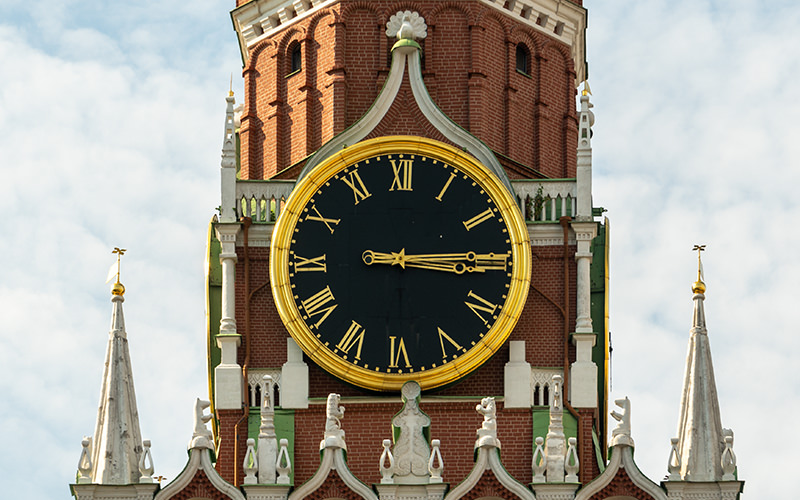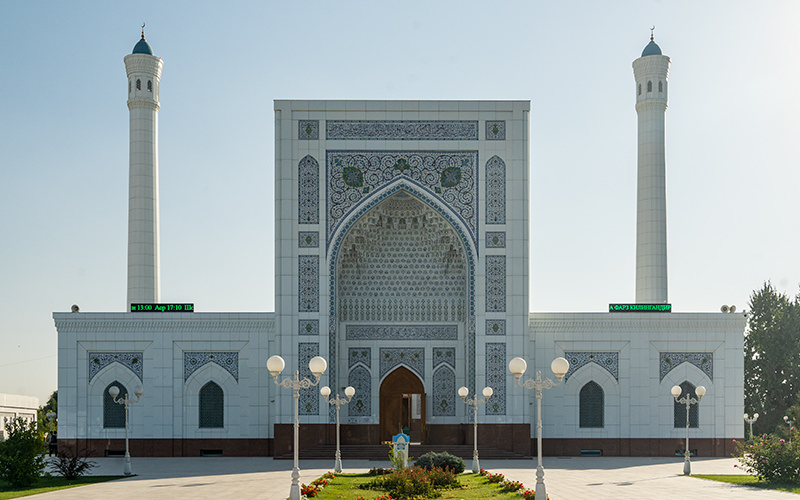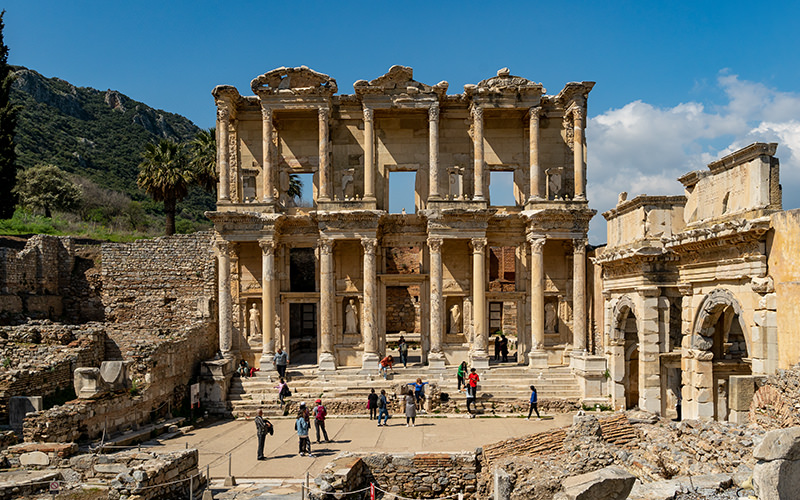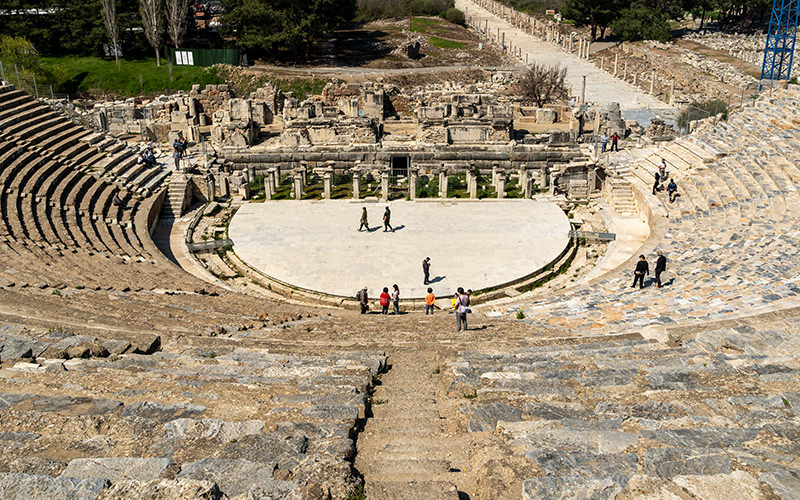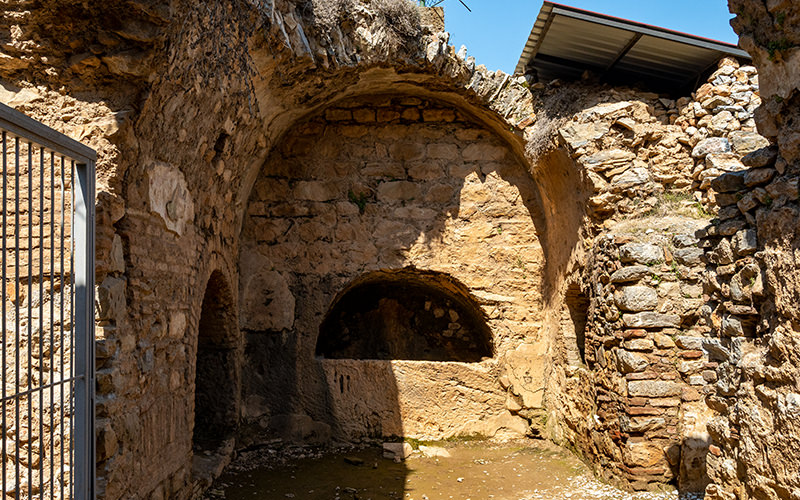Continuing our stroll through the fascinating Ephesus, the vast ancient open-air museum located in southwestern Turkey. In the first two articles, I talked about what is found on the grounds of this archaeological site and about the Library of Celsus. Today, I would like to share my impressions of exploring the residential houses of this ruined city.
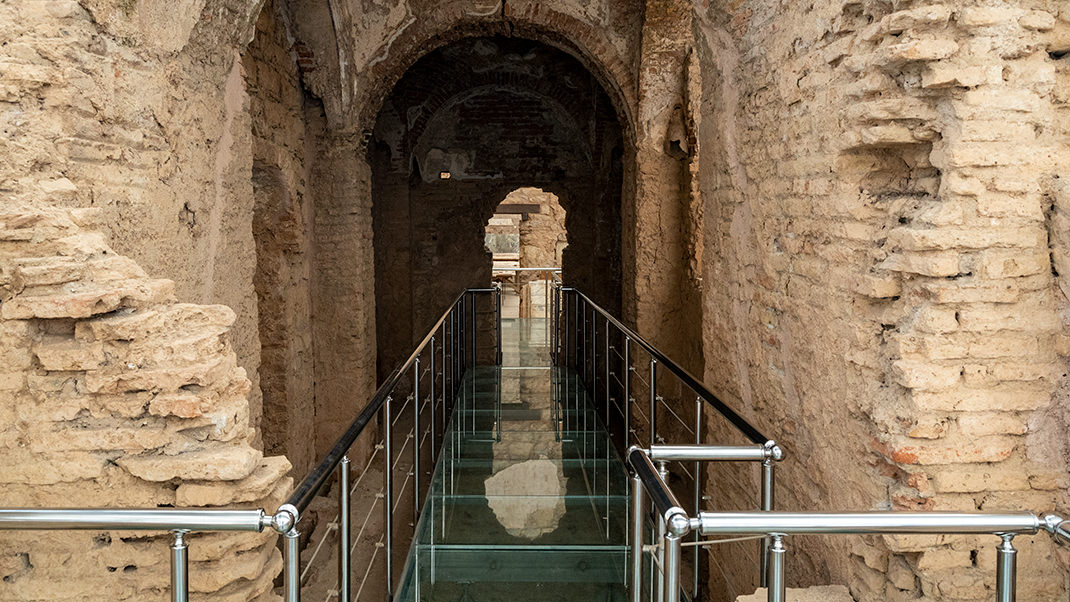
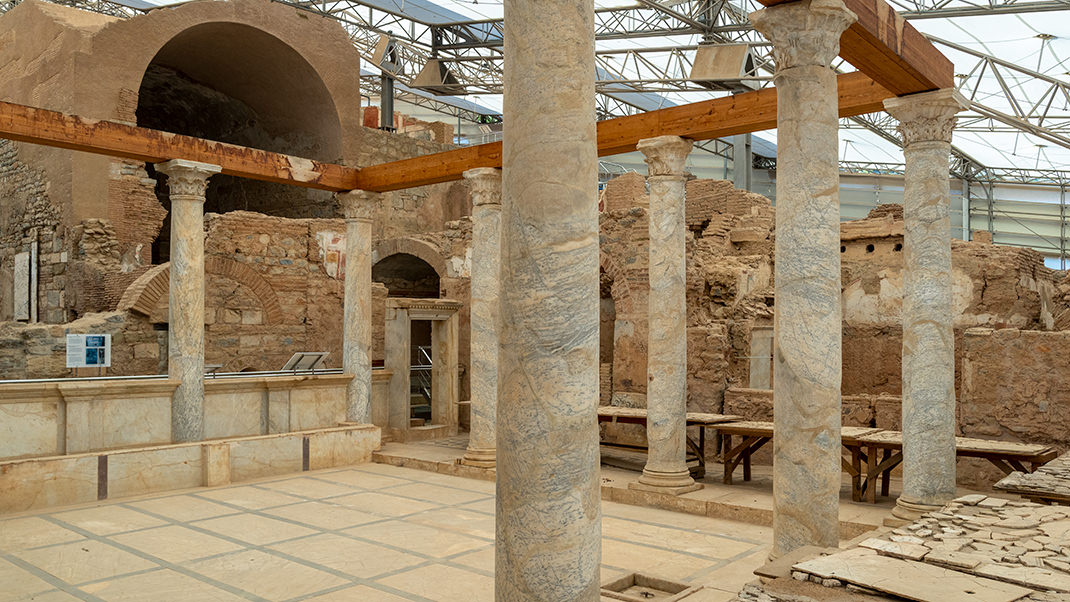
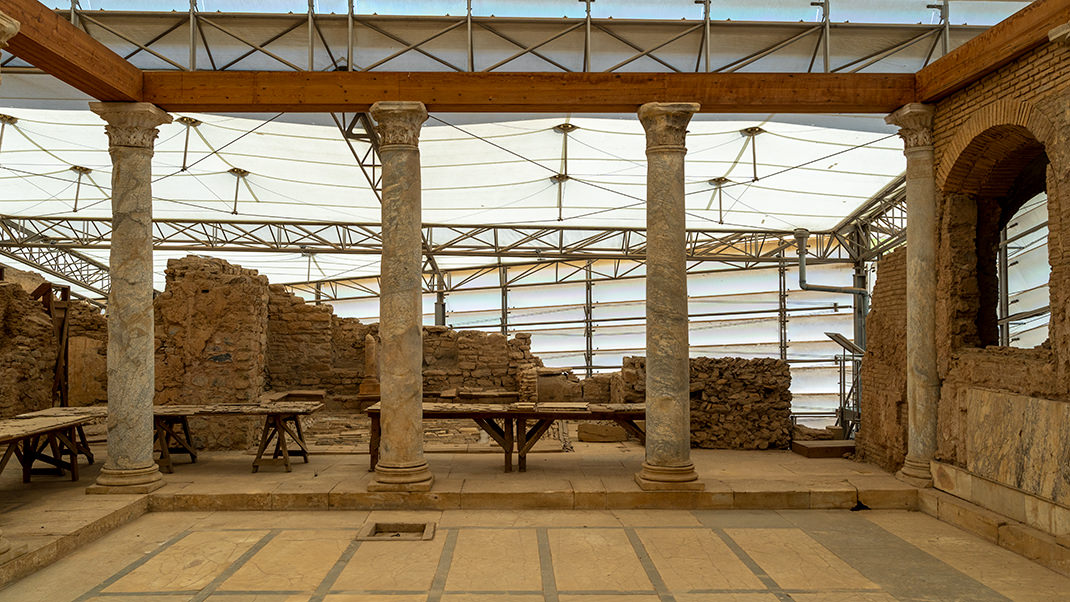
Walking through the ruins of the houses in Ephesus
The residential complex is located closer to the middle of the museum's walking route. The cost of visiting the main exhibition is 400 Turkish lira (April 2023). For a stroll through the ruins of the houses (also called Terrace Houses), an additional payment of 85 lira was required. Now, according to the museum's website, the cost of the entrance ticket has risen to 170 lira. However, unlike the main tariff, museum cards are not valid here.
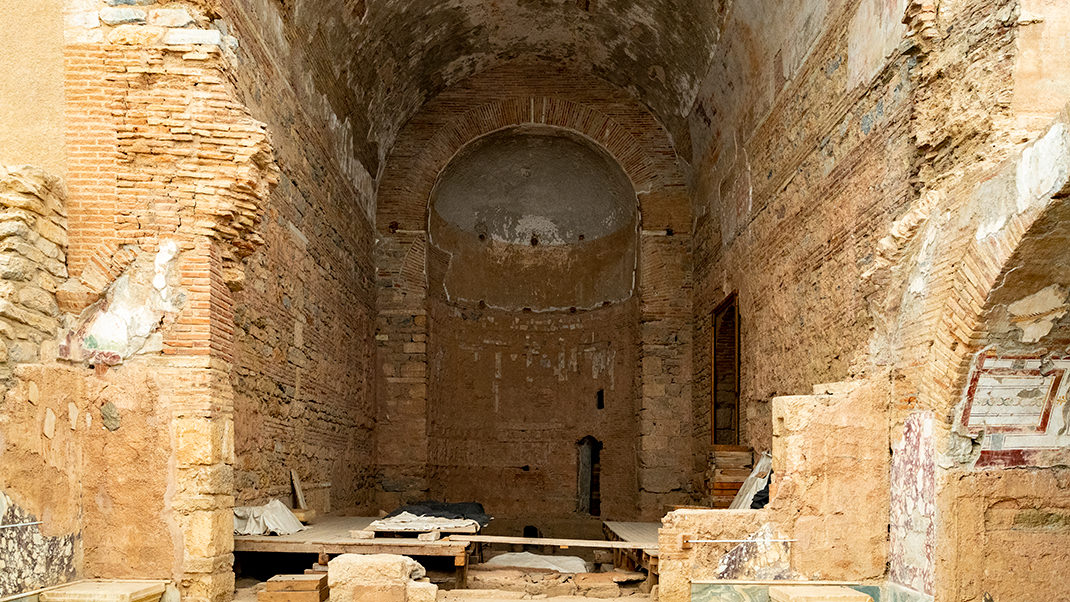
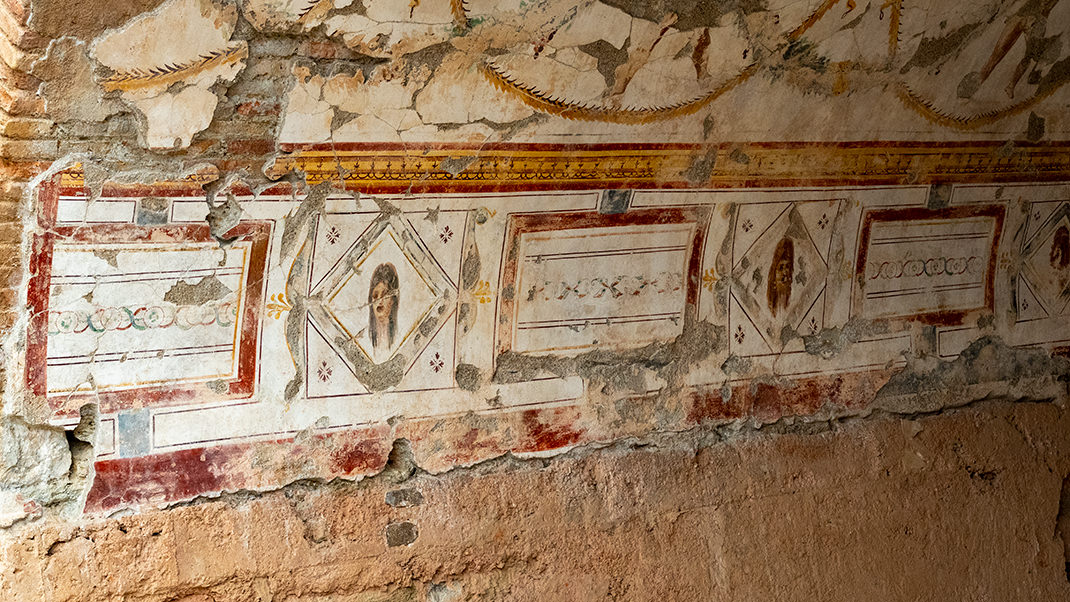
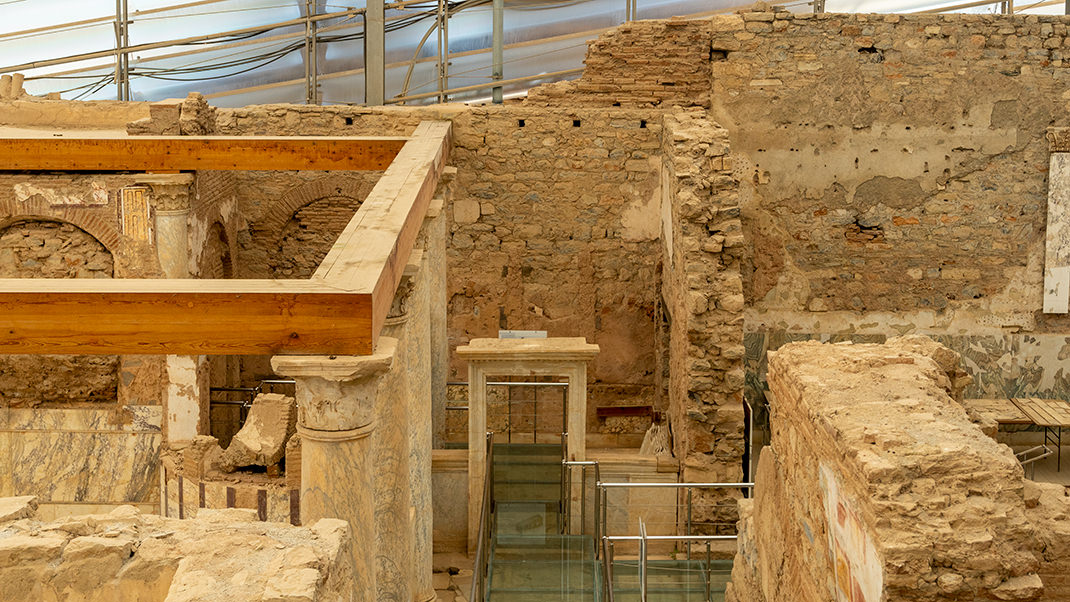
A bit of history
Despite the fact that Ephesus with its picturesque ruins may seem like a fairy-tale place to many, ordinary people lived in this city. The houses I am writing about today were built in the first century AD, although traces of settlements at this location date back to the 7th-6th centuries BC, when the area was used as a cemetery. Initially, six houses with separate entrances were built here.
Over time, numerous reconstructions were carried out in the houses. The series of earthquakes in the 3rd century destroyed the buildings and, in general, had a negative impact on the city's further development. However, due to this unfortunate event, examples of kitchen utensils were preserved in the houses, which archaeologists later discovered.

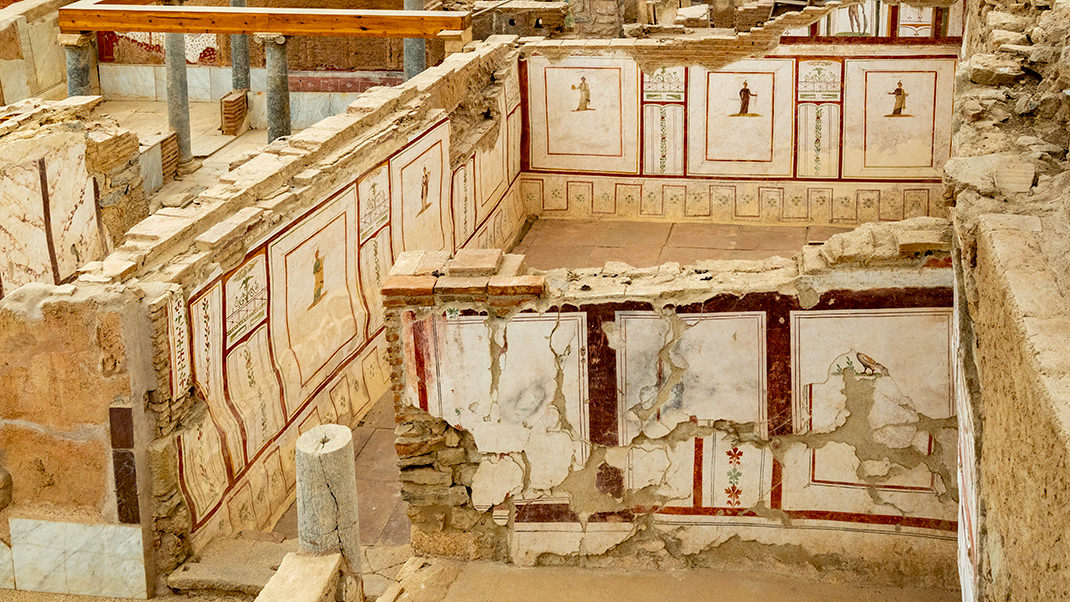
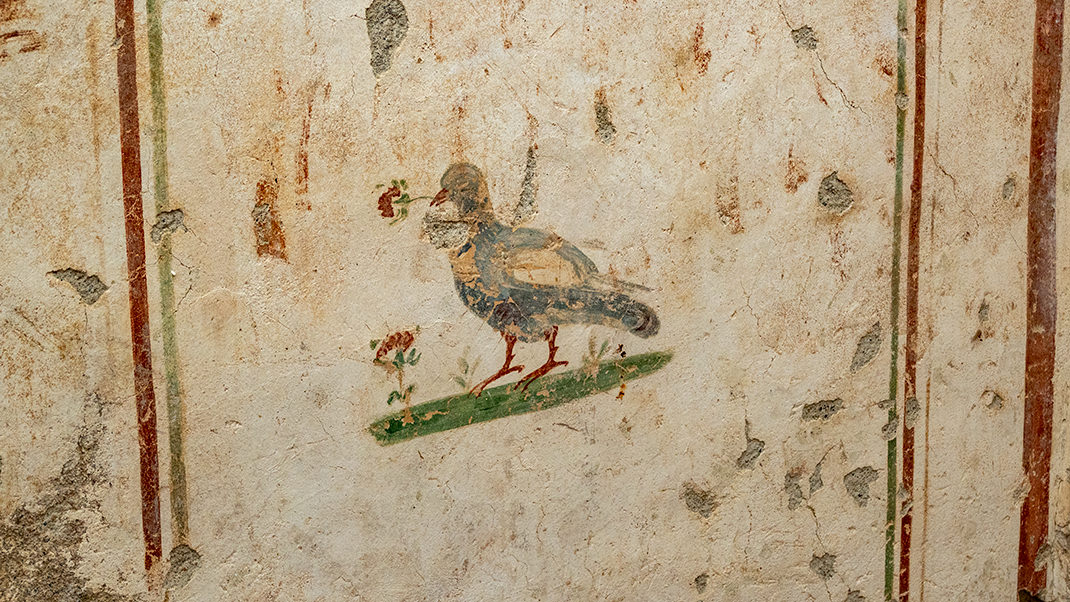
The terrace houses were multi-story, inhabited primarily by affluent city dwellers. The floors of the buildings were paved with mosaic, and the walls were adorned with marble. Luxurious reception halls were located on the upper levels of the structures.
In the early seventh century, a craftsman district with mills, forges, and pottery workshops appeared on the site of the residential quarter.
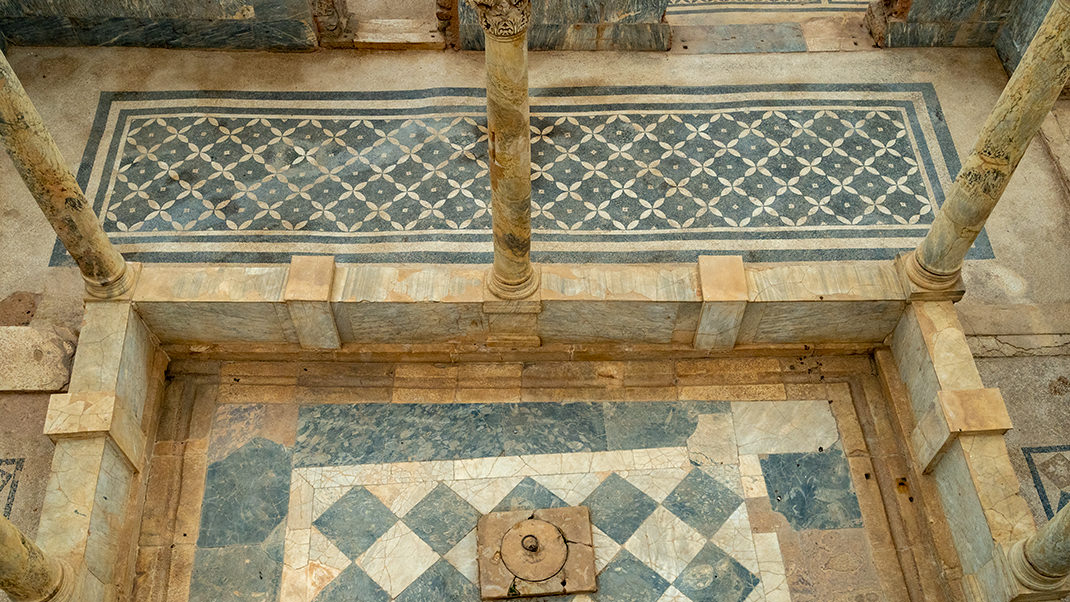
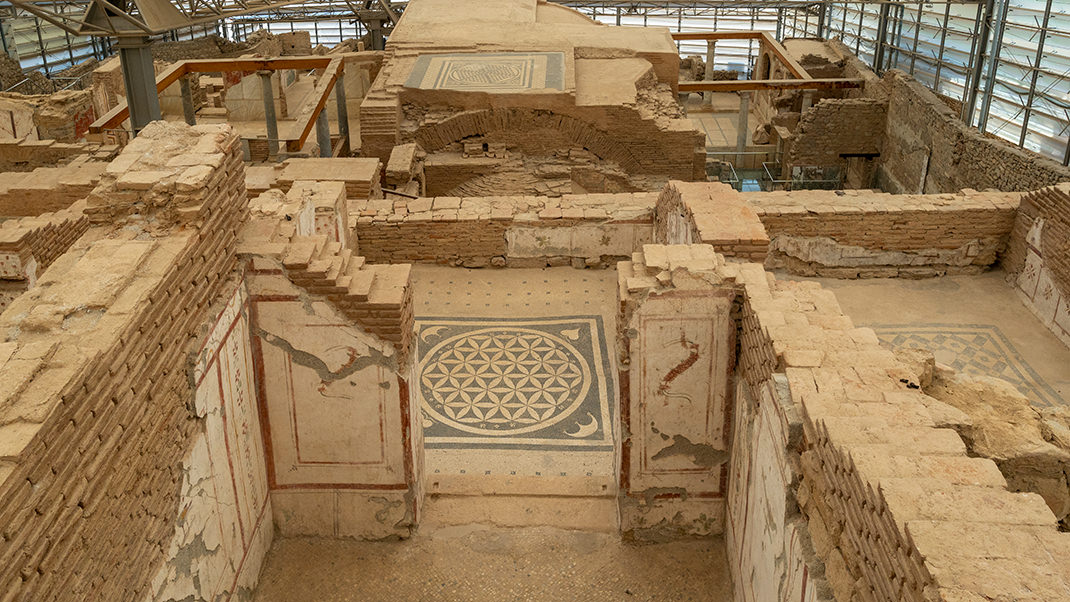
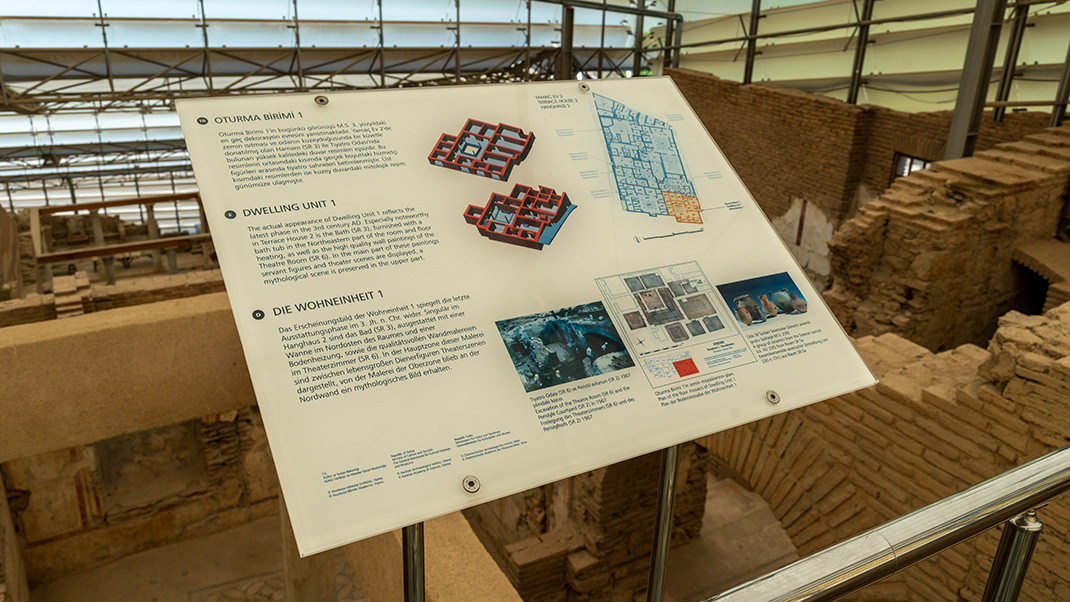

During the exhibition tour, tourists move from the lower buildings to the upper ones, examining the exteriors and interiors of ancient structures. Numerous plaques with detailed information about each object are placed here.
The entire area occupied by the ancient ruins of residential houses is covered with a protective canopy. Austria contributed to its construction as a contribution to the preservation of world cultural heritage. The Turkish side was responsible for laying paths throughout the complex.
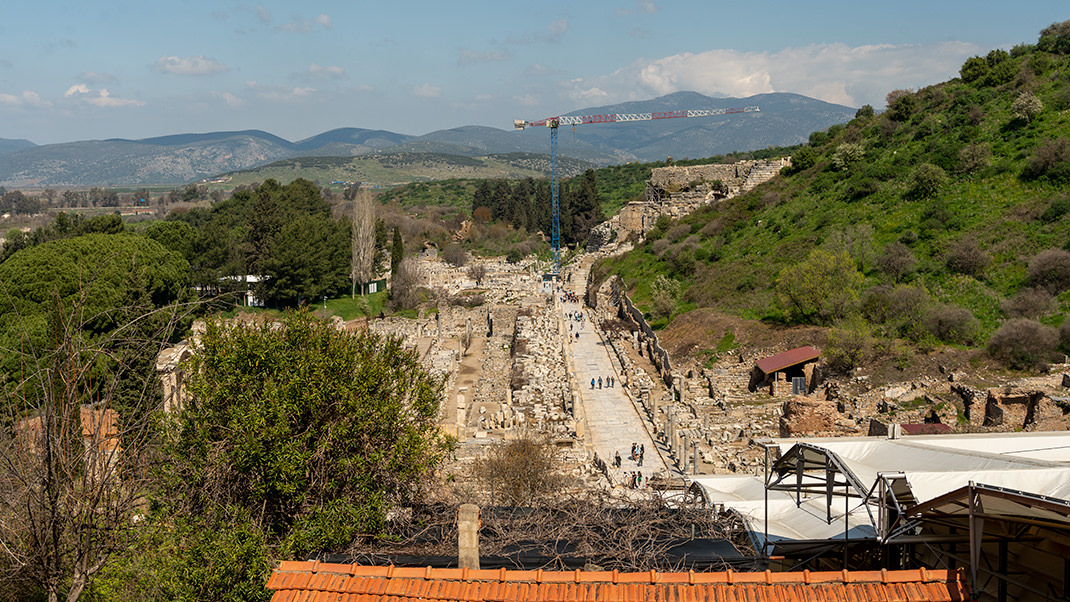

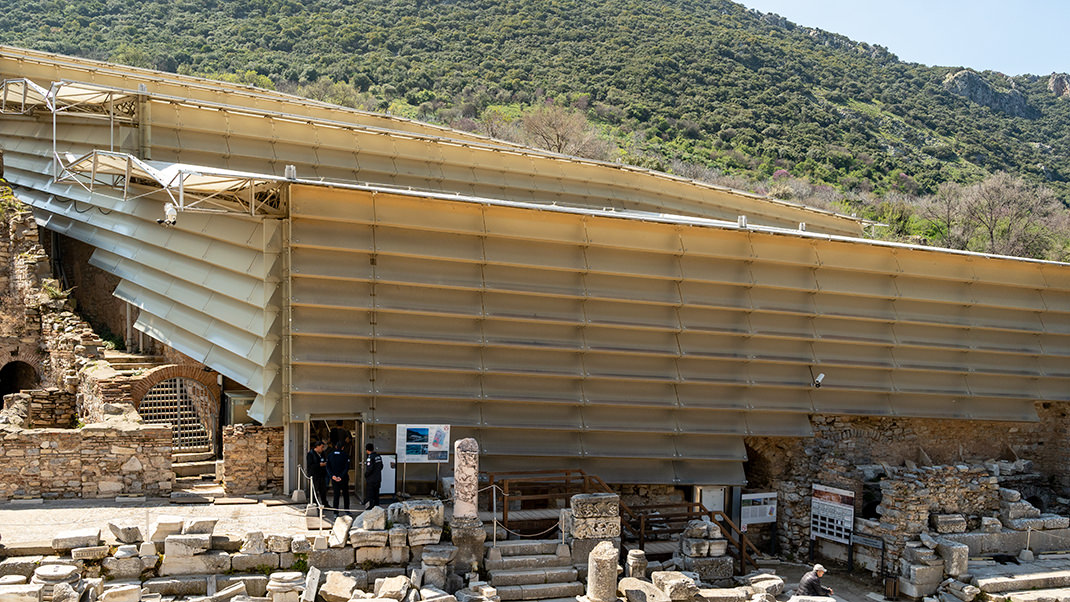
Here, I conclude my account of my stroll through ancient architectural landmarks. The next article about Ephesus will be dedicated to the cave of the "Seven Sleepers of Ephesus." This attraction is within walking distance of the ruins of this fascinating ancient city.
Have a nice trip!


